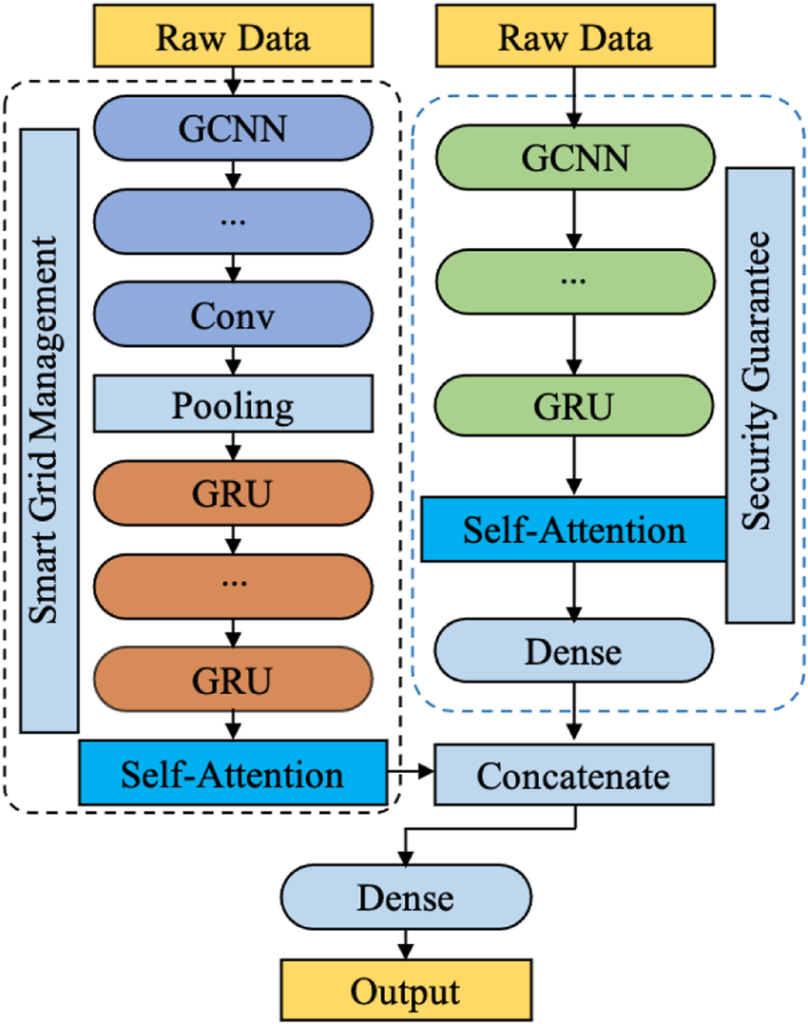Along with all the excitement and enthusiasm, the ICC World Cup 2023 piques a deep interest in the latest technological and digital developments that will raise the bar of game experience for fans and spectators in stadiums. Advancements like 5G, IoT, AI, Machine Learning, and analytics can make a big difference to the overall stadium experience, not just for the sports fans but for the operators and owners as well. With respect to cricket, a smart stadium equates to better management, energy efficiency, connectivity, accessibility, and security for all involved parties. Though the 2023 Cricket Men’s World Cup seems upgraded from a broadcasting and live-streaming perspective, smart stadiums still remain a futuristic concept. Let’s understand it first before guessing how much longer we need to wait to watch a T20 or an ODI match in a smart stadium.
What Are Smart Stadiums?
Smart Stadiums run on an interconnected network of sensors, cameras, and digital signs that keep the spectators and administration updated with the latest developments in and around the stadium. The system blends various advanced techs like AI, IoT, 5G, smart grids, etc. Its area of influence will range from optimizing energy consumption to crowd management, parking allotment, ticket booking, seating arrangement, physical security, food & beverage sales, merchandise, and much more.
Major Technological Features
Seamless Connectivity
Normally, the connectivity network in sports stadiums is a web of public cellular networks, ethernet, and the stadium’s Wi-Fi. The cellular network’s connectivity hits a low due to the high number of devices within a small defined geographical area. WiFis are vulnerable to attacks and ethernet offers restricted network access to mobile phones. Venues across the world are investing in private 5G networks and cybersecurity systems to streamline operations and offer personalized and immersive experience to fans without hurting the revenue streams.
For instance, Pecto Park Stadium in San Diego ensures reliable and secure seamless cellular connectivity to its 40, 000 fans by installing a 5G private network. It enabled smooth connectivity of POS devices and staff iPads and generated more revenue through faster consumer transactions, contactless mobile payments, food, beverage, and merchandise sales.

A Small Glimpse of Pectopark Stadium Post Deployment of CBRS-Based Wireless Network
Higher Fan Engagement
Stadiums have long battled the challenge of fan engagement in the wake of rising at-home viewing and streaming services. IOT answers this problem through extensive use of sensors, extended reality, and data analytics. The data collected from sensors can be analyzed to improve the game experience for fans by fine-tuning the music, lighting, seating, and other elements to create a more immersive experience. Fan interaction through Augmented Reality apps, updating vendor offers, and keeping note of their sentimental inclinations could enhance their interest in attending live games. For instance, Levi’s Stadium in San Francisco implemented an extensive IoT setup to improve fan engagement. From mobile app integration to SeatGeek Stadium IQ, Beacon technology, and AR-based interactions, they offered a much higher personalized experience to their fans.

Image Showing Use of Beacons In Levi’s Stadium for Various Purposes
Increased Operational Efficiency
Integration of IOT in stadiums can simplify the complications related to parking, seating directions, easing congestion, sanitation, and on-seat delivery of food and beverages. Similarly, autonomous drones can be used to clean in-between games and reduce manual labor, effort, and time. Infrastructure equipped with smart sensors will ensure predictive maintenance while reducing the chances of equipment failure during the game.
The Allianz Arena In Munich uses a smart lighting system based on solar and geothermal power sources that adjusts the power according to the intensity of natural light. The stadium also employs IoT sensors for sustainable transportation and waste management.

Allianz Arena’s Smart Lighting System
Smart Seating And Accessibility Features
Smart seating refers to the system where displays and sensors provide real-time updates to the attendees regarding seat availability, upgrades, concessions, and haptic feedback during the most key moments of the game. Assistive technologies can further prioritize seating arrangements for individuals with disabilities, senior citizens, and captioning services for those with different language backgrounds. Allianz Arena from Munich sets another example for this feature by providing world-class accessibility features like unobstructed views from seats for disabled people, braille signage and tactile guides for the visually impaired, wheelchairs, and assistive listening systems for those with hearing impairments.

Allianz Arena’s Special Segment For Disabled Fans
Higher Sustainability
IoT sensors can help maintain a comfortable environment within the stadium by keeping a check on temperature, humidity, air quality, and other factors that may impact the health of those attending the game. Simultaneously, data gathered from these sensors can help incorporate sustainable options like water-saving and energy-optimizing technologies that will reduce the carbon footprint of these arenas. Amazon’s Climate Pledge Arena in Seattle is garnering a lot of attention for its net-zero climate and tech-forward approach. It offers 932, 000 square feet of space with state-of-the-art facilities along with 100% renewable electric energy, “just walk out” concession stands, locally sourced compostable utensils, and much more.
Research Breakthrough Shaping The Future Of Smart Stadiums
- Use of GCNN-GRU And Self-Attention mechanism for stadium security and smart grid management: The paper proposes a smart grid management and stadium security system based on a self-attention mechanism and Graph Convolutional Neural Network (GCNN) and Gated Recurrent Units (GRU). With this system, the stadium operators will be able to predict the influencing factors impacting security and smart grids empowering the arenas. The step-by-step approach presented here could resolve the energy and security-related challenges. Its accuracy in predicting trends in these two areas can play a key role in policies and strategies optimization for energy consumption and stadium security.

Flow Chart Showing GCNN-GRU and Self-Attention Mechanism Model
- Intelligent Service Mode of Digital Stadiums: The paper proposes that the intelligence level of digital stadiums in smart cities will be channeled by a key application of stadium information technology – the management information system. Also, it is an inevitable trend that will ensure better consumer experience, efficient functional innovation of various management processes, and important tech applications.

Development Goal Orientation For Digital Stadiums
- Application of AI technology to maintain the low carbon economy of smart stadiums: The research paper explores the use of Artificial intelligence (AI) in stadium management with respect to low carbon emissions. It offers several innovative approaches to improve stadium control and some novel methods to optimize electricity consumption. Moreover, from efficient integration of construction machinery in building processes to optimizing electrical setups, the paper takes care of everything.

Application of Artificial Intelligence In Smart Stadiums To Reduce Carbon Footprints
Final Word
It’s true that the 2023 ICC World Cup will be highly focused on engaging spectators sitting at homes and in distant corners of the world, the transformation of stadiums along lines of sustainable and smart technologies is also just around the corner. So, yes it is safe to assume that in the 2027 World Cup, you might be sitting outside a cricket venue enjoying the game as immersively as those sitting in VIP boxes. From an investment perspective, stadiums can be a key revenue stream for host sports organizations and thus should be upgraded to ensure long-term financial viability.